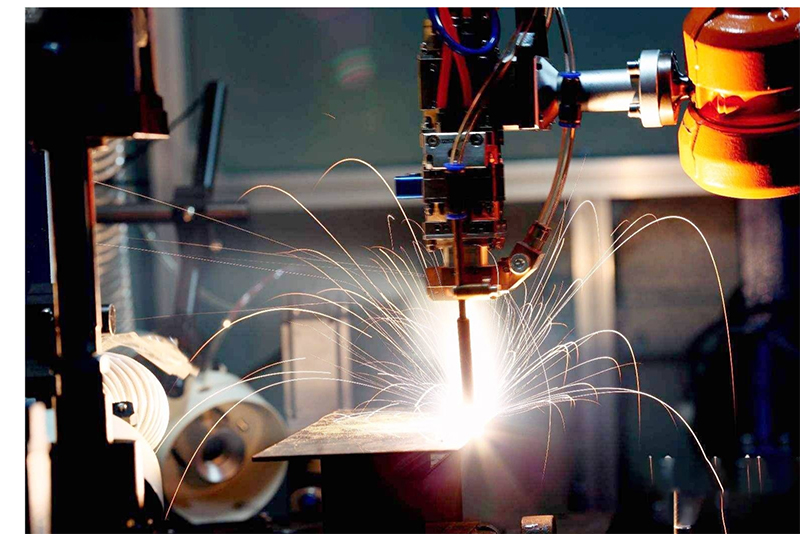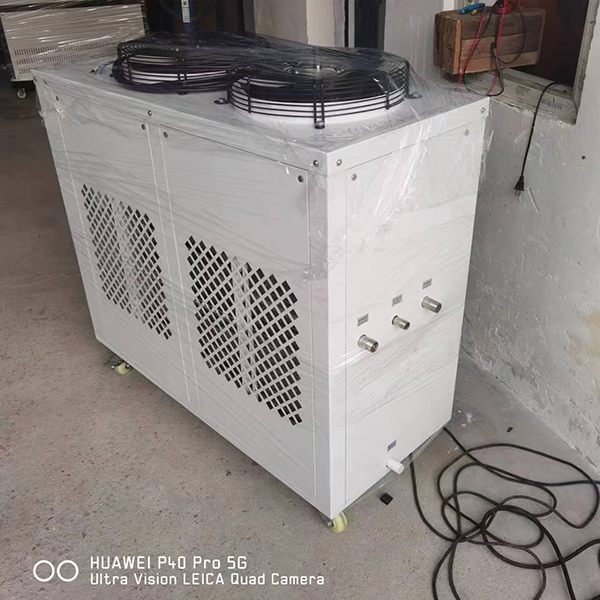
 English
English  Español
Español Português
Português русский
русский Français
Français 日本語
日本語 Deutsch
Deutsch tiếng Việt
tiếng Việt Italiano
Italiano Nederlands
Nederlands ภาษาไทย
ภาษาไทย Polski
Polski 한국어
한국어 Svenska
Svenska magyar
magyar Malay
Malay বাংলা ভাষার
বাংলা ভাষার Dansk
Dansk Suomi
Suomi हिन्दी
हिन्दी Pilipino
Pilipino Türkçe
Türkçe Gaeilge
Gaeilge العربية
العربية Indonesia
Indonesia Norsk
Norsk تمل
تمل český
český ελληνικά
ελληνικά український
український Javanese
Javanese فارسی
فارسی தமிழ்
தமிழ் తెలుగు
తెలుగు नेपाली
नेपाली Burmese
Burmese български
български ລາວ
ລາວ Latine
Latine Қазақша
Қазақша Euskal
Euskal Azərbaycan
Azərbaycan Slovenský jazyk
Slovenský jazyk Македонски
Македонски Lietuvos
Lietuvos Eesti Keel
Eesti Keel Română
Română Slovenski
Slovenski मराठी
मराठी Srpski језик
Srpski језик
The function and characteristics of the chiller in the laser welding process
2023-09-20
Chillers play an important role in the laser welding process. The chiller is mainly to cool the laser generator of the laser equipment through water circulation, and to control the use temperature of the laser generator, so that the laser generator can keep working normally for a long time. During the long-term operation of laser equipment, the laser generator will continue to generate high temperature. If the temperature is too high, it will affect the normal operation of the laser generator and be easily damaged. Therefore, in order to prolong the service life of the laser, it is necessary to pass the water cycle through the chiller. The laser is cooled by means of cooling to ensure that it works normally at a constant temperature or at a set temperature.

The following are the main features of the chiller in the laser welding process:
1. Cooling optical components: A large amount of heat energy will be generated during laser welding, which will cause thermal deformation or damage to optical components (such as lasers, optical fibers, etc.). The chiller reduces the temperature of optical components by circulating cooling water, keeps them within a suitable working temperature range, and improves the stability and working life of the laser system.
2.Control the weld seam temperature: In laser welding, the material around the weld seam will melt rapidly due to high temperature and form a weld bead. By cooling the material around the weld seam, the chiller can effectively control the weld seam temperature, prevent weld overheating, overcooling, deformation and other problems, and ensure welding quality.

3.Increased welding speed: Laser welding is usually faster because the laser heats and melts the material rapidly. However, fast welding speeds can also cause excess heat energy to build up in the weld area, causing the weld to overheat. By cooling the welding area in time, the chiller can quickly remove the heat generated during the welding process, so that the weld can be cooled and solidified rapidly, thereby increasing the welding speed.
4. Stable laser output power: During the working process, the laser will produce power fluctuations due to temperature changes, which will affect the quality and stability of laser welding. By keeping the temperature of the laser stable, the chiller can effectively reduce power fluctuations and improve the stability and consistency of laser welding.
4.Flexible adaptability: The chiller can be adjusted and customized according to the needs of different laser welding systems. It can adapt to the requirements of different power lasers and different working environments, provide suitable cooling effect, and meet the needs of laser welding process.

In general, the role of the chiller in the laser welding process is mainly to ensure the stability of the laser system, control the weld temperature, increase the welding speed, flexibly adapt and ensure the welding quality. These features can meet the temperature control and stability requirements of the laser welding process, and ensure the normal operation of the laser system and high-quality welding results.






